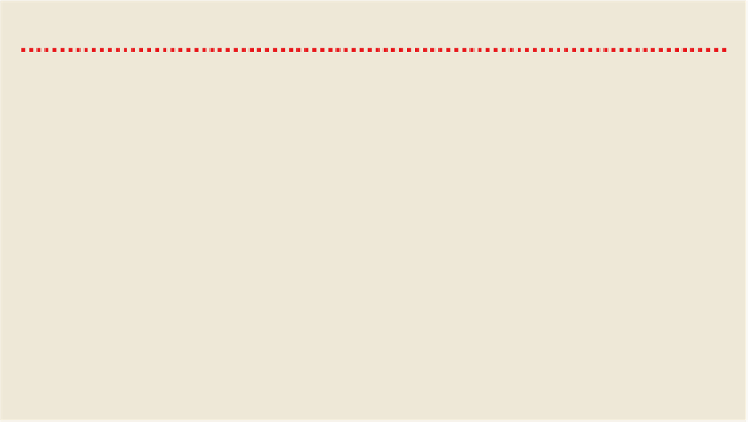Travel Reference
In-Depth Information
WHAT'S YOUR DRINK?
Mongolians are big tea drinkers and will almost never start a meal until they've had
a cup of tea first, as it is said to aid digestion.
Süütei tsai, a classic Mongolian drink, is milk tea with salt. The taste varies by re-
gion; in Bayan-Ölgii it may even include a dollop of butter. Khar tsai(black tea),is
often available, served with sugar but no milk.
Alcoholic drinks are never far away and Mongolians can drink you under the
table if challenged. There is much social pressure to drink, especially on males -
those who refuse to drink arkhi(vodka) are considered wimps. Chinggis black-label
vodka, just US$8 a bottle, is popular. Jalam Khar (Dark Horse), GEM, Altan Gobi,
Chinggis, Borgio and Senguur are popular local beers.
While it may not be immediately apparent, every countryside ger doubles as a
tiny brewery or distillery. One corner of the ger usually contains a tall, thin jug with
a plunger that is used for fermenting mare's milk. The drink, known as airag, has an
alcohol content of about 3%. Go easy on it at the start or your guts will pay for it
later.
Celebrations
Tsagaan Sar, the Mongolian New Year, is a festival for a new beginning. A full belly dur-
ing Tsagaan Sar is said to represent prosperity in the year ahead;
buuz
in their thousands
are prepared and consumed during the holiday. The central meal of the holiday must be
the biggest sheep a family can afford; pride is at stake over how much fat appears on the
table. During Tsagaan Sar, food is even part of the decoration: the centrepiece is made
from layers of large biscuits called
ul boov
. Young people stack three layers of biscuits,
middle-aged couples five layers and grandparents seven layers.
At Mongolia's other big holiday, Naadam, the customary food is
khuushuur.
Food
stands all around the Naadam stadium and the horse race fields sell stacks of the meat
pancakes.
DOS & DON'TS AT THE TABLE
Do
»
Cut food towards your body, not away; pass knives by offering the handle.
»
Accept food and drink with your right hand; use the left onlyto support your right
elbow if the food is heavy.


